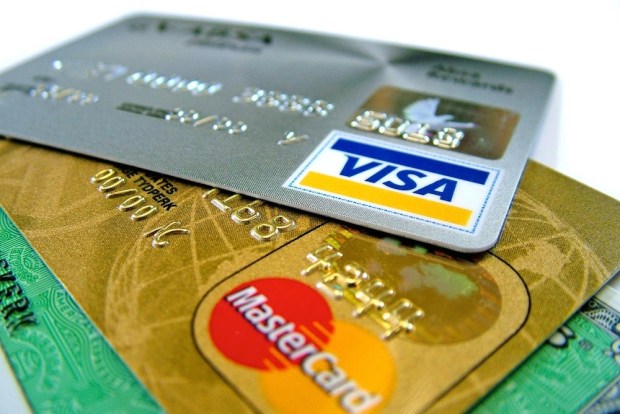Credit Card Charge-Offs Reach Highest Rate Since 2009

Moody’s Investors Service reported Thursday (June 8) that credit card charge-offs — debts that are so delinquent that lending institutions have basically given up on collecting them — are at their highest rate since 2009, possibly due to loosening lending standards.
Synchrony Financial saw the highest charge-off rate at 5.4 percent, up from 4.84 percent the previous year. Capital One wasn’t far behind at 5.31 percent, up from 4.23 percent in 2016. Omaha-based First National Bank rounded out the top three at 4.21 percent, up from 3.5 percent.
Warren Kornfeld, a senior vice president at Moody’s, wasn’t surprised by the increase in charge-offs — but not because of underwriting quality. Kornfeld explained it quite simply: credit card debt is lucrative for many financial institutions. With $1 trillion of credit card debt across American households, it’s only logical that companies would try to grow profits by collecting interest on debt.
Still, Kornfeld didn’t deny that underwriting quality has slipped. In the years following the recession, companies avoided charge-offs due to strong underwriting and an improving economy. Now that the economy is solid, underwriting quality does not need to meet as high a standard.
The bar has dropped on borrowers, too. The credit bureau TransUnion published a report in May showing that more card issuers are lending to people who have below-average credit scores — as many as 16.3 million of them.
Though charge-offs have reached their highest level since 2009, there are still fewer than during peak times during the financial crisis and recession.
Capital One responded that it had not loosened its standards. Rather, the change in charge-off rates was due to the substantial growth the company had seen in recent years, since losses on new loans tend to be higher in the first few years when they’re booked. The company said it was tightening its underwriting.
First National Bank also said it had not loosened its standards, but attributed the shift to natural fluctuations following a period of very low loss rates. The 4.21 percent loss rate was still well within the company’s expectations.
